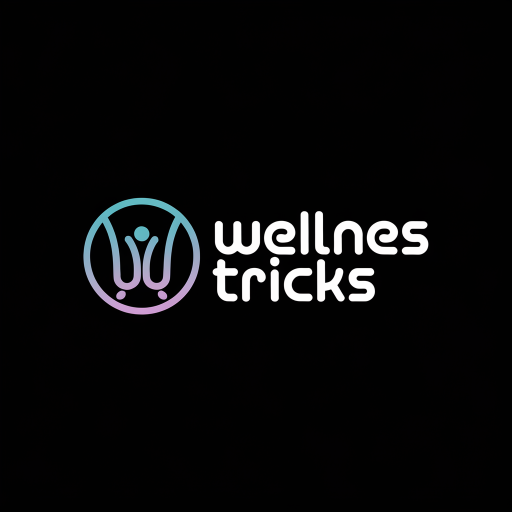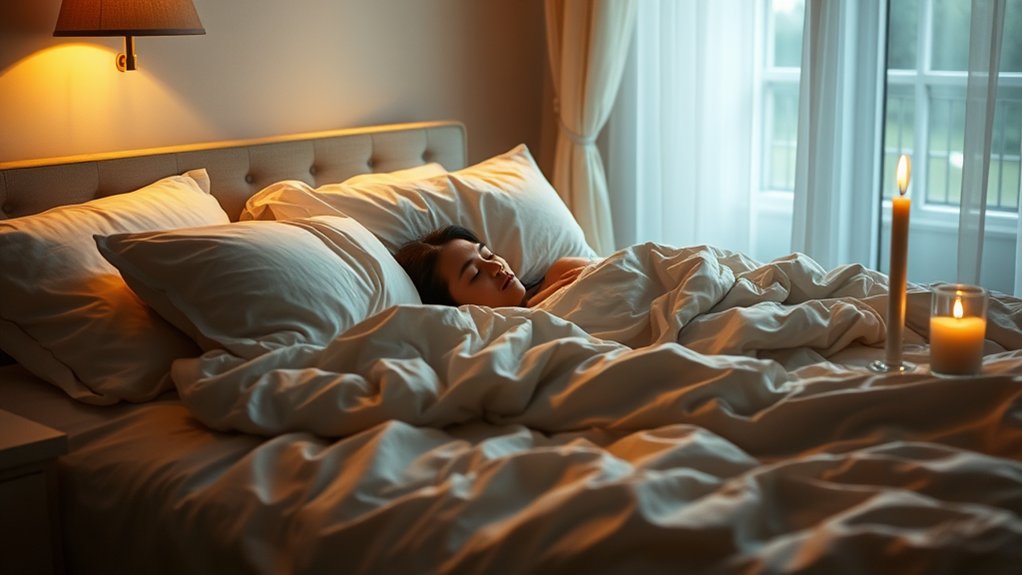This Breathing Method Helped Me Fall Asleep Faster
Imagine lying in bed, your mind swirling with thoughts as the clock ticks into the early hours. Many struggle with insomnia, and while various remedies exist, few are as effective as breathing techniques. The 4-7-8 method can provide a powerful solution, promoting relaxation and enhancing sleep quality. Curious about how this simple yet profound practice works? Understanding its mechanics could be the key to restful nights and improved overall well-being.
Understanding the Science of Breathing and Sleep
When you consider the interplay between breathing and sleep, it becomes clear that your breath plays a crucial role in your body’s ability to relax and rest.
The science linking sleep and breathing indicates that proper breathing techniques can significantly improve sleep quality. Utilizing a sleep breathing technique helps lead your body into a state of calm, reducing stress and anxiety, which are common barriers to restful sleep.
Through controlled, mindful breathing, you trigger a relaxation response, promoting a favorable environment for sleep. Breathing techniques can help engage your body’s natural relaxation mechanism, empowering you to implement effective breathing practices for better overall sleep health. Understanding this connection can empower you to implement effective breathing practices for better overall sleep health.
The 4-7-8 Breathing Technique Explained
The 4-7-8 breathing technique offers a structured approach to achieving relaxation and promoting better sleep. Developed by Dr. Andrew Weil, this method focuses on controlling your breath to reduce stress and improve sleep quality. By inhaling for 4 seconds, holding for 7, and exhaling for 8, you regulate your body’s response to stressors. Adequate quality sleep is essential for boosting your immune function, making this technique a valuable tool for overall health.
| Phase | Duration (seconds) | Purpose |
|---|---|---|
| Inhale | 4 | Oxygen intake and focus |
| Hold | 7 | Promote relaxation |
| Exhale | 8 | Release tension and calmness |
Step-by-Step Guide to Practicing the Method
To practice the 4-7-8 breathing technique effectively, follow these clear steps to ensure you maximize its benefits. This method promotes relaxation and helps you fall asleep more easily.
-
Find a quiet and comfortable space to sit or lie down.
-
Close your eyes and inhale deeply through your nose for a count of four.
-
Hold your breath for a count of seven.
-
Exhale completely through your mouth for a count of eight.
Repeat this cycle four times, gradually increasing the number of repetitions as you become more comfortable.
Consistency will enhance the calming effects of this powerful technique. Incorporating quick breathing techniques into your routine can significantly reduce anxiety and improve your mental clarity.
Personal Experience: My Journey to Better Sleep
After struggling with sleepless nights for years, you discover the transformative power of the 4-7-8 breathing technique. This method, rooted in ancient practices, emphasizes the science of breath control, activating your parasympathetic nervous system. By inhaling deeply for four seconds, holding for seven, and exhaling slowly for eight, you engage your body’s natural relaxation response. The simplicity and effectiveness of this technique allow you to reduce anxiety and create a calm mental environment. As you practice regularly, you’ll find yourself drifting off more easily, experiencing deeper sleep, and waking up refreshed, fundamentally changing your sleep quality for the better. Moreover, deep breathing not only contributes to better sleep but also enhances mental clarity and overall well-being.
Tips for Integrating This Technique Into Your Routine
Integrating the 4-7-8 breathing technique into your routine can significantly enhance its benefits for better sleep. To effectively incorporate this practice, consider the following tips:
-
Set a consistent bedtime to signal your body it’s time to wind down.
-
Dedicate a quiet space for your breathing exercises, free from distractions.
-
Pair the technique with calming activities, like reading or gentle stretching.
-
Practice the technique daily, not just before sleep, to build familiarity and effectiveness.
-
Remember that maintaining a consistent sleep schedule can additionally improve your overall sleep quality and health.

